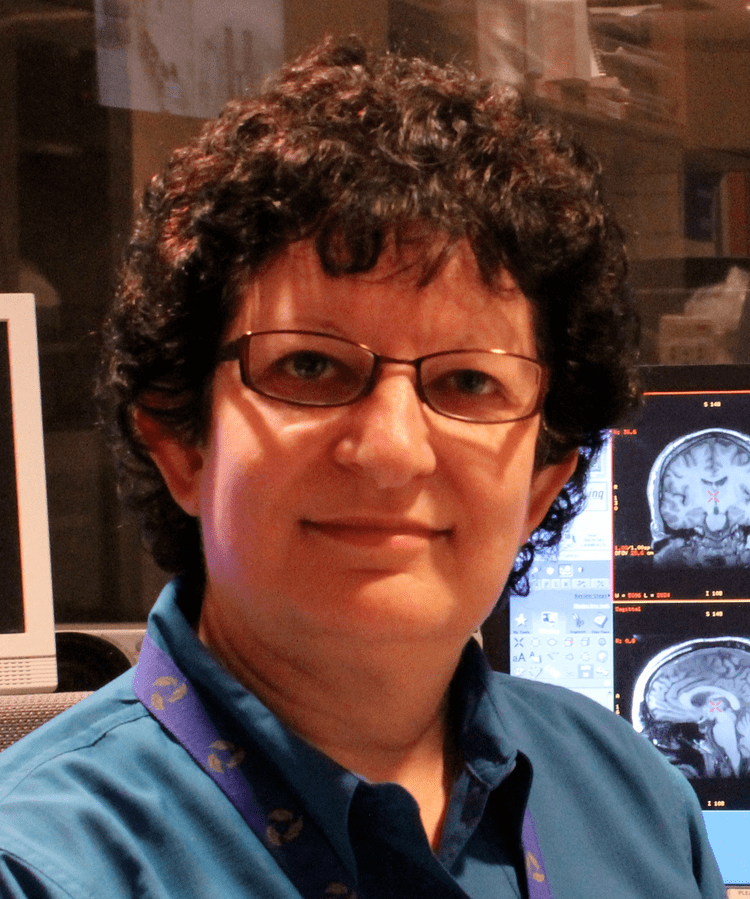Residence Toronto, Canada Name Karen Davis Role Neuroscientist | ||
 | ||
Doctoral students Aaron Kucyi, Danielle D. DeSouza Known for Brain Imaging, Pain, Intracranial recordings, Electrophysiology | ||
Institutions University of Toronto Doctoral advisor Jonathan Dostrovsky | ||
Karen D. Davis is a neuroscience professor at the University of Toronto and is the head of Division of Brain, Imaging & Behaviour Systems, Toronto Western Research Institute (TWRI). She has previously held a Canada Research Chair in Brain and Behaviour for several years. She belongs to a privileged scientific lineage of scientists that includes Jonathan Dostrovsky, John O'Keefe, Patrick Wall, Donald Hebb and Sherrington.
Contents
- Educational programs and outreach
- Hippocratic Oath for scientists
- Additional appointments
- Selected publications
- References
Her main interest is the central mechanisms underlying pain and temperature perception, the influence of attention, and mechanisms of plasticity under normal conditions and in patients with neurologic or psychiatric disorders. A variety of experimental techniques are used, including functional brain imaging (fMRI, PET) psychophysical and cognitive assessment, and electrophysiological recordings in the thalamus and cortex. Davis' laboratory has developed innovative brain-imaging approaches, culminating in the first functional MRI images of brain networks underlying the human pain experience and the first images of the impact of deep brain stimulation for Parkinsonian tremor.
Davis has also worked on phantom pain. She has demonstrated that findings support the hypothesis that the thalamic representation of the amputated limb remains functional in amputees with phantoms. Through several studies, she has shown important interactions between pain and cognition, by studying how brain networks shift their function towards pain while multitasking on cognitive tasks (Seminowicz et al., 2007; Erpelding et al., 2013) or when processing multimodal sensory information (Downar et al.) or during mind wandering (Kucyi et al., 2013).
Davis' works have been cited over 10145 times and she has an h-index of 52.
Educational programs and outreach
Davis has also created educational programs and published the book New Techniques for Examining the Brain. Her TED-Ed video titled "How does your brain respond to pain?" has hit over 500,000 views.
Hippocratic Oath for scientists
Davis and her colleagues have made a case for a scholar's oath similar to Hippocratic Oath as a standard requirement for scientists. The oath text as used in the Institute Medical Sciences, Toronto is as follows:
I promise never to allow financial gain, competitiveness or ambition cloud my judgment in the conduct of ethical research and scholarship. I will pursue knowledge and create knowledge for the greater good, but never to the detriment of colleagues, supervisors, research subjects or the international community of scholars of which I am now a member.
